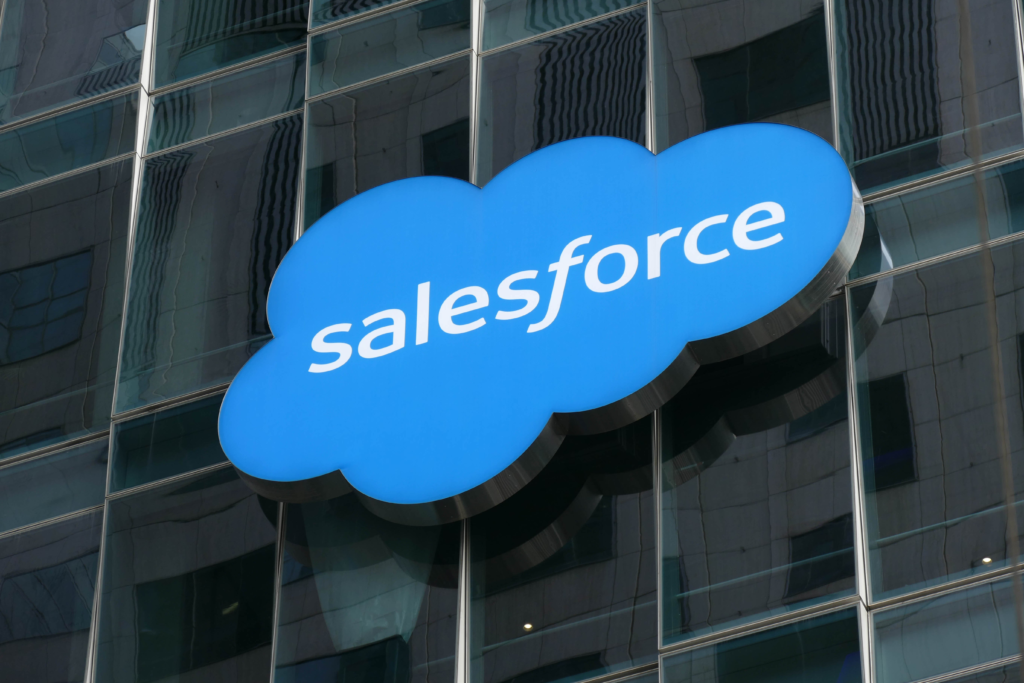More than 10,000 of the world’s 34,500 large enterprises—nearly 30%—have already committed to becoming their own data and AI platforms. And within just three years, over 95% of global enterprises say they want to do the same, regardless of where they operate—from Japan and India to the US, EMEA, and MEA. This isn’t just a regional trend. It’s a global imperative. And it’s accelerating. While the first three waves of digital transformation took a decade or more to reshape industries, the agentic revolution may unfold in less than three years. That’s not just speculation—it’s the view of 2,050 executive leaders across 13 economies surveyed in our 2025 global study. Their consensus is clear: the time to act is now. This is a tale of two futures. For the 13% of enterprises already getting it right, the advantages are profound. They report five times the ROI of their peers and are deploying agentic and generative AI capabilities at twice the scale. Perhaps more tellingly, these leaders are 250% more confident in their ability to remain at the forefront of their industries over the next three years. Their platform choices are not just strategic—they’re producing measurable economic outcomes. Meanwhile, the other 87% aren’t necessarily struggling—but they are behind. Their return on AI investment is, at best, a fraction of what the leaders are generating. At worst, they’re five times less productive, still reliant on legacy infrastructure, and unable to meet the rising expectations of customers, regulators, and shareholders. The conviction to move toward sovereign data and AI infrastructure is shared across the globe. Leading enterprises in Scandinavia, the United States, Saudi Arabia, the UAE, and Japan are rapidly building their own platforms. And among the 13% of high performers, the highest concentration of success stories is emerging in Germany, Saudi Arabia, the UAE, and the US. These regions are showing us what’s working—and why. Rule one: Mission-critical sovereignty enables scalable agentic AI What distinguishes the 13% is not just what they do, but how they think. Nearly 90% of these organizations share one defining mindset: they see sovereignty over their AI and data as mission-critical. They believe that all their data—structured and unstructured—must be accessible in real time, regardless of where it’s stored. They prioritize eliminating silos, enforcing compliance, and creating an environment where data and AI can work together seamlessly. This belief isn’t theoretical—it’s validated. In our research, across more than 15,000 simulations that combined 15 agentic and GenAI capabilities with seven economic metrics and 35 data infrastructure variables, the organizations that focused on real-time sovereign access and control consistently outperformed. Statistically, this pattern of success showed an exceptionally high predictive score (CHAID and regression: 0.982), confirming that this mindset isn’t just useful—it’s essential. These leaders aren’t treating AI and data as separate disciplines—they’ve fused them into a single, sovereign engine that fuels operations across more than a dozen business areas. They’ve built platforms that don’t care where the data lives because the design ensures access, security, compliance, and scale. And as a result, they’re moving faster, innovating more, and outpacing competitors. Every day, an average of 58 new enterprises begin this transition. That’s the scale of change we’re witnessing. The question for those not yet moving is simple: do you have the infrastructure—and the mindset—to thrive? Rule two: Compliance, observability, security, and agility must be designed in Sovereignty isn’t just about ownership. It’s about architecture. The most successful organizations don’t just talk about sovereignty—they’ve engineered it across four interdependent layers: compliance, observability, security, and agility. They’ve built environments where AI can interact with the real world without compromising data integrity or breaching regulatory obligations. Financial forecasting agents, for example, need to pull from CRM, customer experience, sales funnel, ledger data, and external benchmarks. Edge agents may need to ingest signals from vehicles, sensors, or telecom infrastructure. Sovereign AI requires the infrastructure to support all of this in a unified, compliant way. Among the deeply committed, over 40% operate on a truly hybrid infrastructure—one that supports full observability across environments, from cloud to on-prem, and delivers centralized control through a single pane of glass. This allows them to respond to competitive threats, regulatory changes, and customer demands simultaneously. They’ve reduced reliance on global infrastructure providers, built flexibility into their architectures, and are realizing more than double the innovation and efficiency gains of their peers. These are not abstract advantages. These are measurable business outcomes that compound over time—what many refer to as the sovereignty flywheel. When you have unified control, innovation becomes faster. When compliance is built in, agility increases. When observability is complete, optimization becomes constant. And when security is inherent, trust becomes an asset. This is why the sovereignty movement is growing so quickly. It’s not just the right thing to do. It’s the profitable thing to do. Redefining success in the agentic and gen AI era What’s happening is a global migration—not just to AI—but to sovereign AI. More than ever, enterprises are realizing that just “having” AI isn’t enough. Real success comes from owning the infrastructure, the data, and the intelligence end-to-end. Open source platforms like PostgreSQL are powering this shift. Flexible, hybrid, and battle-tested, Postgres is enabling enterprises to unify AI and data across environments, accelerate their sovereignty strategies, and build resilient systems that scale. Because at the end of the day, just anything isn’t data and AI sovereignty. Building the right architecture, with the right mindset and the right principles—that’s the definition of success in a world where AI is no longer optional. The race is on. The winners are emerging. And the rules are now clear. To learn more about EDB, visit here. source













